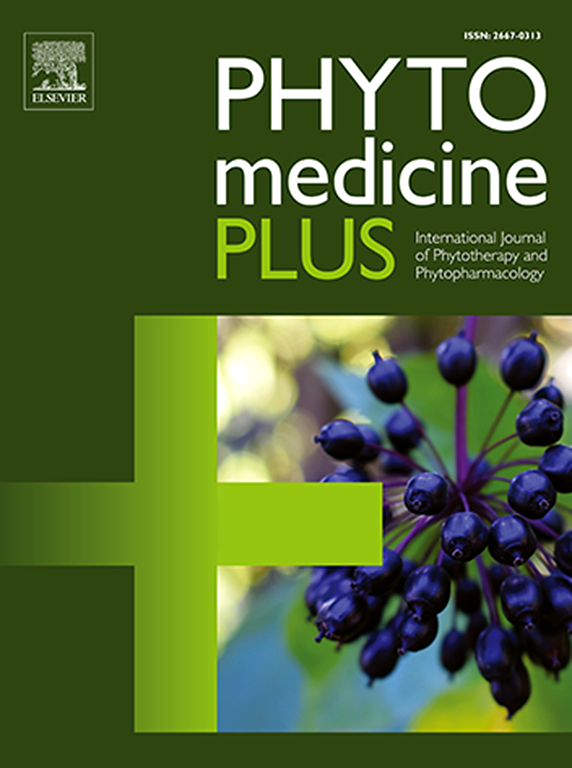东非社区糖尿病植物性治疗的系统综述
Q3 Pharmacology, Toxicology and Pharmaceutics
引用次数: 0
摘要
糖尿病是一个严重的全球性健康问题,在东非尤为普遍。生活方式因素影响糖尿病的发病率、死亡率和发病率。药用植物具有抗糖尿病特性的植物化学物质。目的本系统综述评估了植物疗法治疗东非共同体(EAC)糖尿病的疗效、效率、安全性和可行性。方法利用PubMed、Scopus和Web of Science数据库进行文献检索。我们将搜索限制在同行评议的英文文章、临床前模型和干预研究中,这些研究报告了药用植物在糖尿病治疗中的应用,特别是在EAC中。本文遵循系统评价和荟萃分析指南(PRISMA) 2020。两名审稿人独立进行数据收集和质量评估。我们从数据库中检索到465篇文章,并审查了8篇符合本研究纳入标准的文章。结果鉴定出8种药用植物:麻花、杨梅花、花椒、小檗、茯苓、黄花、黄花、黄花、黄花、黄花。我们从文献中提取和分析信息,发现7种药用植物通过其作用机制降低血糖水平和胰岛素敏感性。结论这些药用植物主要含有生物碱、单宁和黄酮类化合物,可能与它们的降血糖作用有关。山参籽提取物对高血糖的控制效果较差。需要更多的临床前研究来调查植物疗法在EAC糖尿病管理中的潜力。本文章由计算机程序翻译,如有差异,请以英文原文为准。

A systematic review of plant-based therapy for the management of diabetes mellitus in the East Africa community
Background Information
Diabetes is a serious global health issue that is particularly common in East Africa. Lifestyle factors influence the incidence, mortality, and morbidity of diabetes. Medicinal plants have phytochemicals with anti-diabetic properties.
Purpose
This systematic review assesses the efficacy, efficiency, safety, and feasibility of phytotherapy in the treatment of diabetes in the East African Community (EAC).
Methods
we conducted a comprehensive literature search using PubMed, Scopus, and Web of Science databases. We limited our search to peer-reviewed English articles, preclinical models, and intervention studies reporting the use of medicinal plants in the treatment of diabetes, particularly in EAC. This article follows the Guidelines for Systematic Reviews and Meta-Analyses (PRISMA) 2020. Two reviewers independently performed data collection and quality assessment. We retrieved 465 articles from the database and reviewed eight articles that met the inclusion criteria for this study.
Results
we identified eight medicinal plants: Maerua decumbens, Rotheca myricoides (Hochst), Piper capence, Berberis holstii, Polyscias fulva (Hiern) Harms, Lippia javanica, Caesalpina bonducella, and Securinega virosa. We extracted and analyzed information from the literature and showed that seven medicinal plants reduce blood sugar levels and insulin sensitivity through their mechanism of action.
Conclusion
The phytochemical properties of these medicinal plants, mainly containing alkaloids, tannins, and flavonoids, may contribute to their hypoglycemic effects. Caesalpinia bonducella seed extract is less effective in controlling high blood sugar. More preclinical studies are needed to investigate the potential of phytotherapy in the management of diabetes in EAC.
求助全文
通过发布文献求助,成功后即可免费获取论文全文。
去求助
来源期刊

Phytomedicine Plus
Medicine-Complementary and Alternative Medicine
CiteScore
3.70
自引率
0.00%
发文量
178
审稿时长
81 days
期刊介绍:
 求助内容:
求助内容: 应助结果提醒方式:
应助结果提醒方式:


